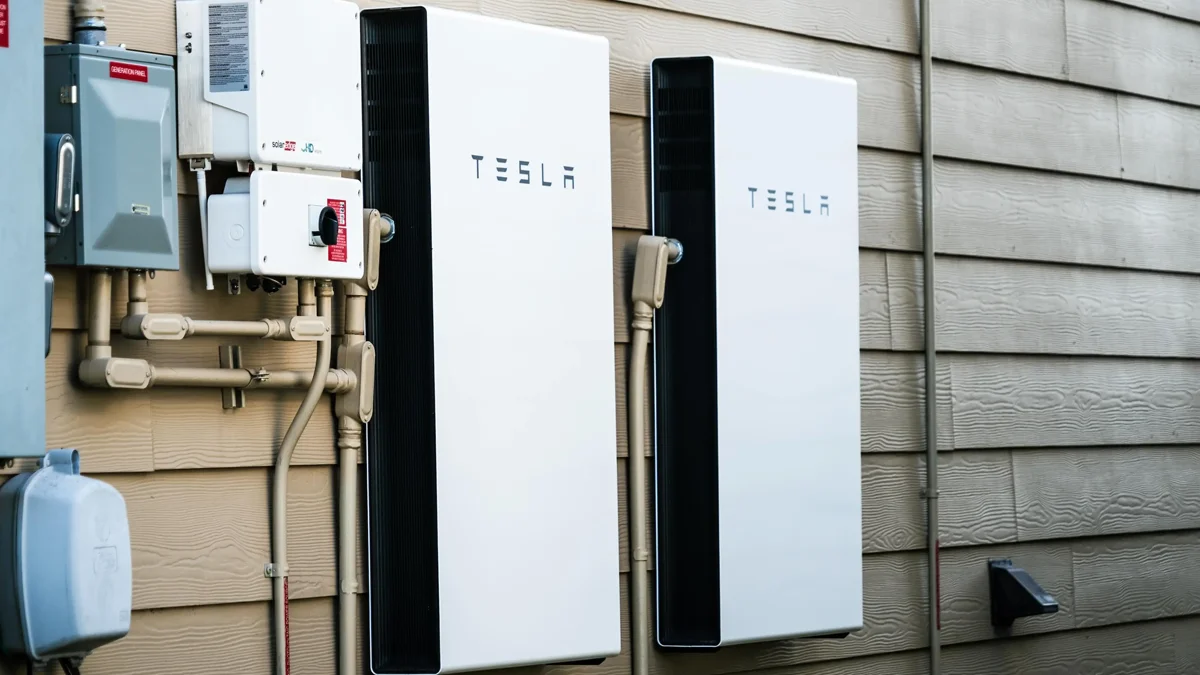Necessary Always Active
Necessary cookies are required to enable the basic features of this site, such as providing secure log-in or adjusting your consent preferences. These cookies do not store any personally identifiable data.
|
||||||
|
||||||
|
||||||
|

Tesla’s declining performance in its energy storage division is starting to show clearly. In the second quarter of 2025, the company deployed just 9.6 gigawatt-hours (GWh) of battery storage systems. That’s lower than the 10.4 GWh installed in the first quarter. This includes home-based Powerwalls and large-scale Megapacks, according to TechCrunch.
This trend is worrying because the drop in Tesla’s storage installations comes after a record-setting quarter just months ago. Back in the final quarter of 2024, Tesla deployed 11 GWh of energy storage. In total, the company delivered 31.4 GWh across the year. Until this slowdown, the division had shown solid growth every year.
In the last two quarters, Tesla’s energy deployments have decreased noticeably. This decline is not just minor; it’s the second straight quarter of lower output. Compared to the peak late last year, Tesla has now fallen short by 1.4 GWh. That’s a major shift for a division that had been on a strong upward path.
At the same time, the rest of the battery storage market is seeing gains. Industry group Wood Mackenzie reported that global energy storage installations rose sharply, growing 57% year-over-year in early 2025. While others in the industry are scaling up, Tesla appears to be falling behind.
Experts believe this could be tied to challenges in Tesla’s overall business. The company has been facing difficulties in its electric vehicle segment, which may be affecting its energy operations too. As TechCrunch wrote, even the battery division “can’t escape the cloud” over Tesla. It suggests a deeper EV-related issue within the company.
Tesla’s revenue from energy and solar products increased from $2 billion in 2020 to $10.1 billion in 2024. But that growth may now be at risk. If the sales of products like Powerwall and Megapack continue to drop, this could slow down future earnings.
On top of falling sales, Tesla is now facing policy uncertainty. Lawmakers are discussing a bill that would weaken parts of the Inflation Reduction Act. This could reduce or remove tax credits that currently support energy storage and solar systems. Without these benefits, Tesla’s energy storage business could slow down further.
Tesla has already spoken out, warning that changes to tax support could damage the clean energy industry. The company said removing those credits would “threaten America’s energy independence.” These tax breaks have helped make Tesla’s battery systems more affordable for homes and businesses.
Another challenge comes from new sourcing rules. A proposal in Congress could block companies from claiming tax credits if they use materials from certain foreign nations, including China. That matters because most key minerals used in batteries, like lithium and cobalt, are processed in China. These restrictions may hurt Tesla’s access to essential battery parts.
If these rules pass, Tesla will need to find new suppliers or face higher costs. Rebuilding the supply chain won’t be quick or cheap. Until then, Tesla’s battery products may become more expensive, making it harder to compete. This adds even more pressure to a division that was once seen as one of the company’s few reliable areas.